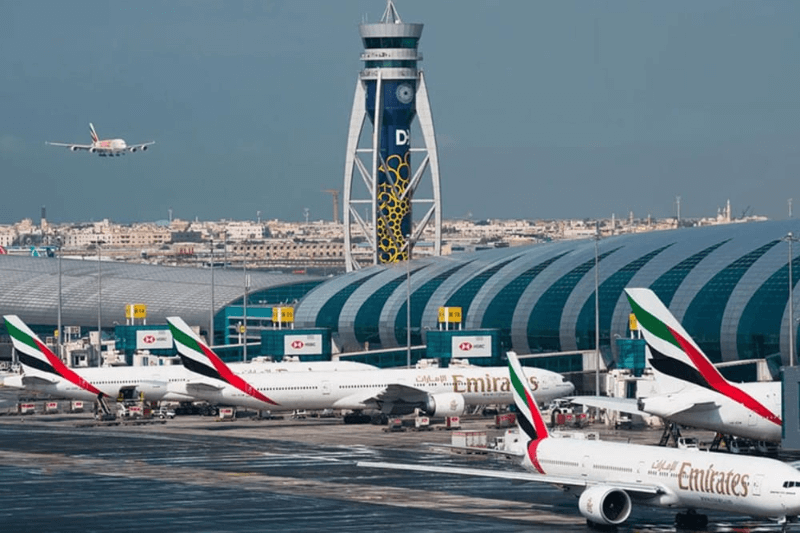Dubai International (DXB) received a record 44.9 million guests during the first six months of the year, marking an 8% year-on-year increase in guests. The international airport has become a significant contributor to Dubai’s economy.
Paul Griffiths, chief executive officer of Dubai Airports, said: “The record-breaking performance … highlights our strategic importance as a global aviation hub.”
“Strong demand from key source markets such as India and the gradual but certain resurgence of markets, such as China, have been instrumental in our success,” he added.
Explore top destination countries for DXB
DXB is on track to handle a record 91.8 million passengers in 2024, higher than its forecast in May of 91 million passengers, despite geopolitical risks. Supported by strong connectivity, the airport is playing a central role in Dubai’s economic performance.
In the first half of this year, India remains DXB’s top destination country – providing 6.1 million passengers. Traffic from China exceeded 1 million passengers, representing on 90% recovery compared to 2019 levels.
The Dubai international airport’s top destination countries after India are neighbouring Saudi Arabia – 3.7 million guests, the UK – 2.9 million guests and Pakistan – 2.3 million guests. The US, Russia and Germany are among other significant markets.
DXB ensuring smoother, more efficient journey for all
DXB has regularly been occupying top spots on the list of busiest airports globally. It is connected to 269 destinations across 106 countries, served by 101 international airlines, reinforcing Dubai’s position as a leading global business and logistics hub.
The airport efficiently managed 39.7 million bags, a 6.7% year-on-year increase, marking the highest-ever baggage volume handled in H1 2024. 92% of all arriving baggage got delivered to guests terminating at DXB in 45 minutes of the aircraft arriving on stand.
The real-time monitoring system used at the Dubai international airport helps the facility anticipate and prevent queues from building up across touchpoints. This approach ensures a more efficient journey for all passengers.














